 spieth12@spiethstorage.com
spieth12@spiethstorage.com +86 18006010205
+86 18006010205
LATEST NEWS
-
Time:9/16/2025
-
Time:9/15/2025
-
Time:9/10/2025
-
Time:9/5/2025
-
Time:9/2/2025
CONTACT US
-
 Tel : +86 18006010205
Tel : +86 18006010205
-
 E-mail : spieth12@spiethstorage.com
E-mail : spieth12@spiethstorage.com
-
 Address : Tongan Park, Tongan District, Xiamen, China 361023
Address : Tongan Park, Tongan District, Xiamen, China 361023
Product News
Double Deep Racking Dimensions and Size Guide
 Time:7/7/2025
Time:7/7/2025 285
285
Double deep racking is a popular warehouse storage solution designed to increase storage density while maintaining accessibility and efficiency. As the name suggests, this racking system stores pallets two-deep instead of one-deep, effectively doubling storage capacity compared to selective pallet racking systems in the same footprint.
Double deep racking is a type of high-density pallet racking that allows two pallets to be stored back-to-back in each lane. It’s essentially two selective racking rows placed one behind the other, requiring a deep reach forklift or specialized equipment to access the second pallet.
This system offers a good balance between increased storage capacity and relatively simple operation, making it ideal for operations with a medium turnover rate and multiple pallets of the same SKU (stock keeping unit).
While dimensions can be customized depending on pallet size, warehouse height, and aisle width, the following are typical standard measurements used in most warehouses:
Pallet Size: 1200mm (L) × 1000mm (W) is a common standard in many regions
Rack Depth: Approximately 2700mm to accommodate two pallets (including clearance)
Bay Width: Around 2700mm to 2800mm for two pallets side by side
Upright Height: Ranges from 2000mm up to 12000mm or more, depending on vertical storage needs
Beam Levels: Usually 2 to 6 levels, adjustable based on load height and lifting equipment
Aisle Width: Requires a minimum of 3000mm to 3500mm for deep reach truck operation
These dimensions may vary depending on pallet configuration (e.g., 1200×800mm Euro pallets), rack manufacturer, or regional warehouse standards.
When planning a double deep racking layout, several critical factors should be considered:
Double deep systems require specialized forklifts with extendable forks (deep reach trucks). These vehicles must be able to reach the second pallet without compromising stability or safety.
Because the back pallet cannot be accessed without moving the front one, double deep racking is best suited for LIFO (Last-In, First-Out) inventory management or products with medium-to-low turnover rates.
Ensure that each pallet does not exceed the beam’s load capacity. Beams and uprights must be selected according to your heaviest SKU dimensions and weight, with safety factors included.
Double deep systems reduce aisle count, maximizing pallet positions per square meter. However, adequate turning radius for lift trucks must be maintained to ensure safe operation.
Incorporate accessories like pallet backstops, frame protectors, and beam locking pins to enhance safety and reduce the risk of pallet push-through accidents.
Increased Storage Density: Up to 30–40% more storage capacity than selective racking.
Cost-Effective: Lower cost per pallet position compared to drive-in or AS/RS systems.
Flexibility: Easily reconfigured or adjusted as inventory needs change.
Efficient Use of Vertical Space: Suitable for high-bay warehouses.
Limitations to Consider
Reduced Selectivity: Not all pallets are immediately accessible.
Special Equipment Required: Deep reach trucks are necessary.
Training and Safety: Operators need proper training due to the added complexity of pallet handling.
Double deep racking systems are an efficient and practical solution for increasing warehouse capacity without major structural changes. By understanding the standard dimensions and considering equipment and inventory flow, businesses can implement a system that balances density, accessibility, and cost.
Before installing a double deep racking system, it’s important to work with a qualified racking supplier or warehouse design consultant who can tailor the layout to your specific operational needs. Whether you're upgrading an existing facility or designing a new one, double deep racking offers a flexible and scalable path to better storage efficiency.
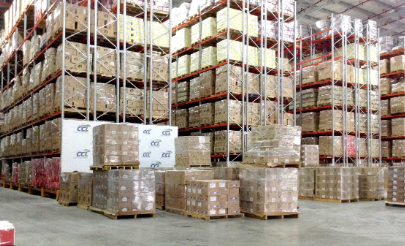
What Is Double Deep Racking?
Double deep racking is a type of high-density pallet racking that allows two pallets to be stored back-to-back in each lane. It’s essentially two selective racking rows placed one behind the other, requiring a deep reach forklift or specialized equipment to access the second pallet.
This system offers a good balance between increased storage capacity and relatively simple operation, making it ideal for operations with a medium turnover rate and multiple pallets of the same SKU (stock keeping unit).
Standard Double Deep Racking Dimensions
While dimensions can be customized depending on pallet size, warehouse height, and aisle width, the following are typical standard measurements used in most warehouses:
Pallet Size: 1200mm (L) × 1000mm (W) is a common standard in many regions
Rack Depth: Approximately 2700mm to accommodate two pallets (including clearance)
Bay Width: Around 2700mm to 2800mm for two pallets side by side
Upright Height: Ranges from 2000mm up to 12000mm or more, depending on vertical storage needs
Beam Levels: Usually 2 to 6 levels, adjustable based on load height and lifting equipment
Aisle Width: Requires a minimum of 3000mm to 3500mm for deep reach truck operation
These dimensions may vary depending on pallet configuration (e.g., 1200×800mm Euro pallets), rack manufacturer, or regional warehouse standards.
Key Design Considerations
When planning a double deep racking layout, several critical factors should be considered:
1. Forklift Type
Double deep systems require specialized forklifts with extendable forks (deep reach trucks). These vehicles must be able to reach the second pallet without compromising stability or safety.
2. Product Turnover Rate
Because the back pallet cannot be accessed without moving the front one, double deep racking is best suited for LIFO (Last-In, First-Out) inventory management or products with medium-to-low turnover rates.
3. Load Weight and Dimensions
Ensure that each pallet does not exceed the beam’s load capacity. Beams and uprights must be selected according to your heaviest SKU dimensions and weight, with safety factors included.
4. Floor Space Optimization
Double deep systems reduce aisle count, maximizing pallet positions per square meter. However, adequate turning radius for lift trucks must be maintained to ensure safe operation.
5. Rack Safety Features
Incorporate accessories like pallet backstops, frame protectors, and beam locking pins to enhance safety and reduce the risk of pallet push-through accidents.
Advantages of Double Deep Racking
Increased Storage Density: Up to 30–40% more storage capacity than selective racking.
Cost-Effective: Lower cost per pallet position compared to drive-in or AS/RS systems.
Flexibility: Easily reconfigured or adjusted as inventory needs change.
Efficient Use of Vertical Space: Suitable for high-bay warehouses.
Limitations to Consider
Reduced Selectivity: Not all pallets are immediately accessible.
Special Equipment Required: Deep reach trucks are necessary.
Training and Safety: Operators need proper training due to the added complexity of pallet handling.
Conclusion
Double deep racking systems are an efficient and practical solution for increasing warehouse capacity without major structural changes. By understanding the standard dimensions and considering equipment and inventory flow, businesses can implement a system that balances density, accessibility, and cost.
Before installing a double deep racking system, it’s important to work with a qualified racking supplier or warehouse design consultant who can tailor the layout to your specific operational needs. Whether you're upgrading an existing facility or designing a new one, double deep racking offers a flexible and scalable path to better storage efficiency.
Send Message
ONLINE SERVICE
-

-
 +86 18006010205
+86 18006010205 -
 +86 18006010205
+86 18006010205
 0
0
Browsing History







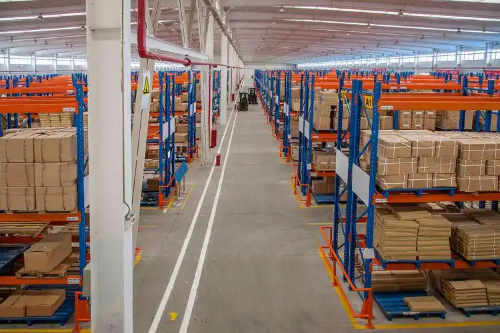
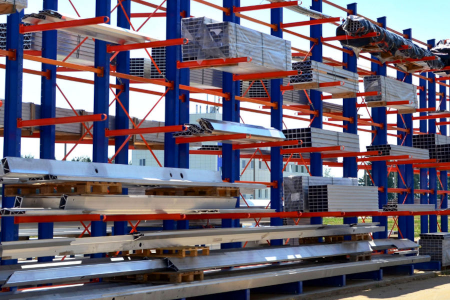
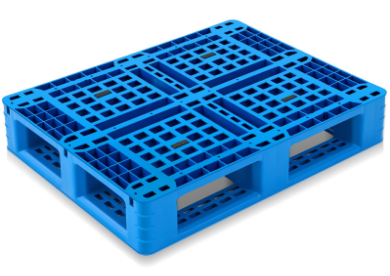

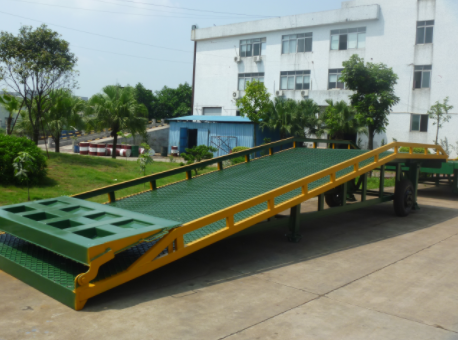






 link:
link:




